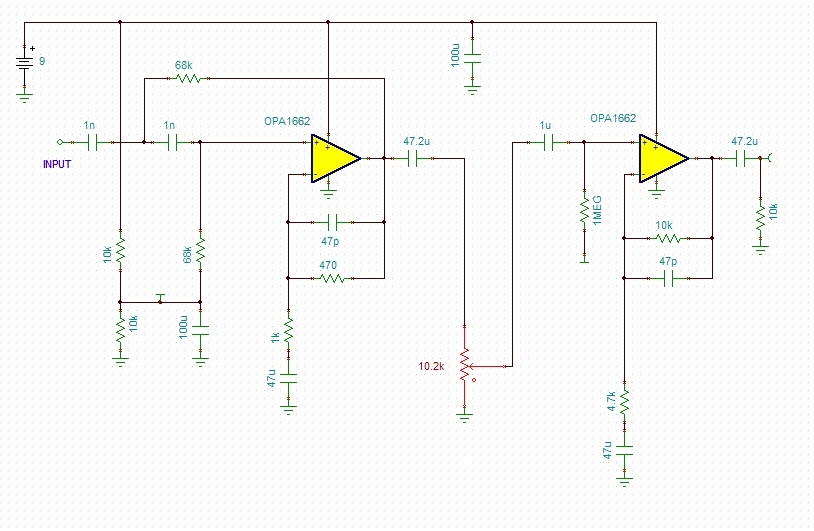Other Parts Discussed in Thread: OPA134, OPA1642
Are there any special precautions that have to be considered while dealing with OPA1662s? I am an electrical engineer designing hi-end audio preamplifiers for the past 20 years. Recently, while dealing with 1662s , I came up with a few damaged prototypes (damaged 1662s). In fact, the prototypes was working perfectly for a while and then just unbearable distortion came up, while other two working parts became completely dead. I never had such issues in the past with e.g. 1642s, opa134s etc.Any suggestions??.


